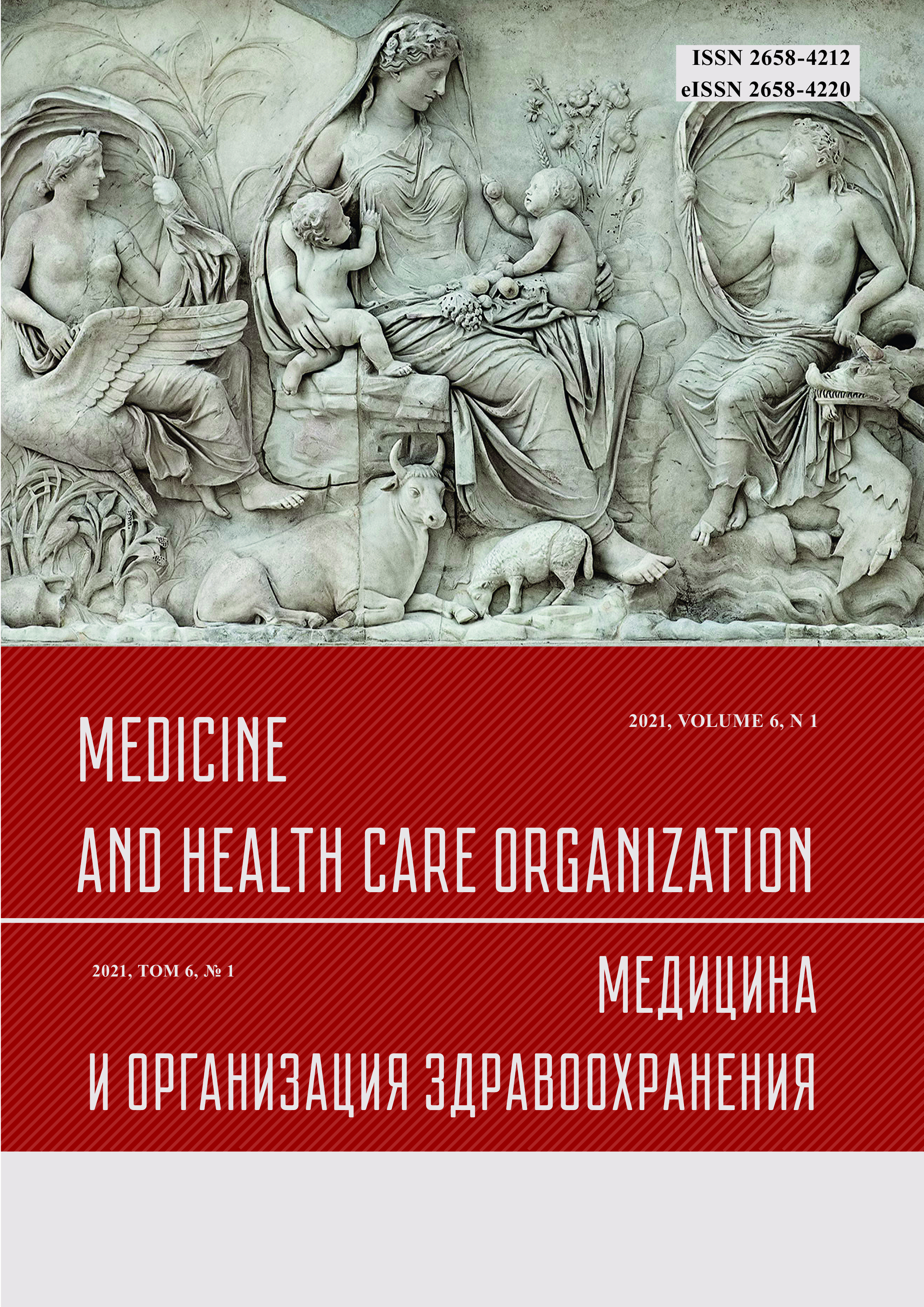VIEWS ON THE CHILDREN, THEIR RIGHTS AND PROTECTION FROM ABUSE IN GRECO-ROMAN ANTIQUITY AND IN BYZANTIUM
Abstract
The article continues our studies of various forms of violence and child abuse in history, in this case in the cultures of ancient Greece and Rome, and in the Byzantium, as an Christian extension of the Roman Empire. The status and treatment of children in these societies, including care and neglect of their needs, can be presented from a variety of sources - works of art and architecture, artifacts, funeral rites, legal monuments, literature, hagiographic and ethnographic materials, etc. However, text sources that refer to children are relatively rare, often contradictory, and mostly provide a picture of the lives of children from the upper strata of society. The attitudes and systems of their upbringing in ancient Greece - Athens and Sparta, Ancient Rome and Byzantium - differed considerably, depending on sociocultural, economic and religious factors, including traditions and rituals, related to certain periods of human life. Research carried out in recent years, based on the discovery of new facts, has led to a re examination of attitudes towards children, especially in ancient Rome, which are perceived as more emotional and caring. However, violence and abuse of children in the Greco-Roman world existed, children were defenseless and powerless, all power was concentrated in the father’s hands. Forms of violence have been identified such as abandonment of a newborn child, often leading to death or to education as slaves as for those there was a high demand; physical punishment; sexual violence; heavy labour; violence associated with armed conflict; neglect of the needs of the child, etc. The statehood of Christianity in the Byzantium changed the views on the upbringing and education of children, abandonment of children was equated with murder.



